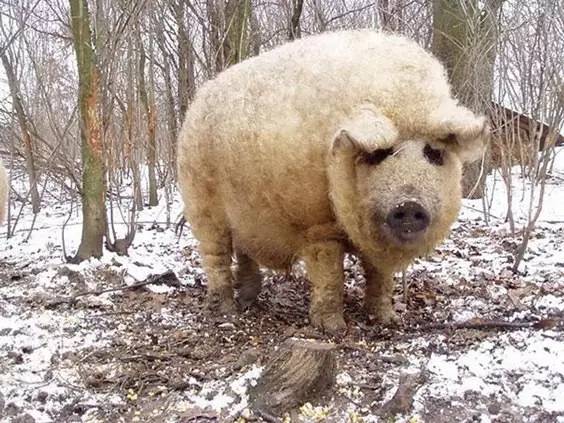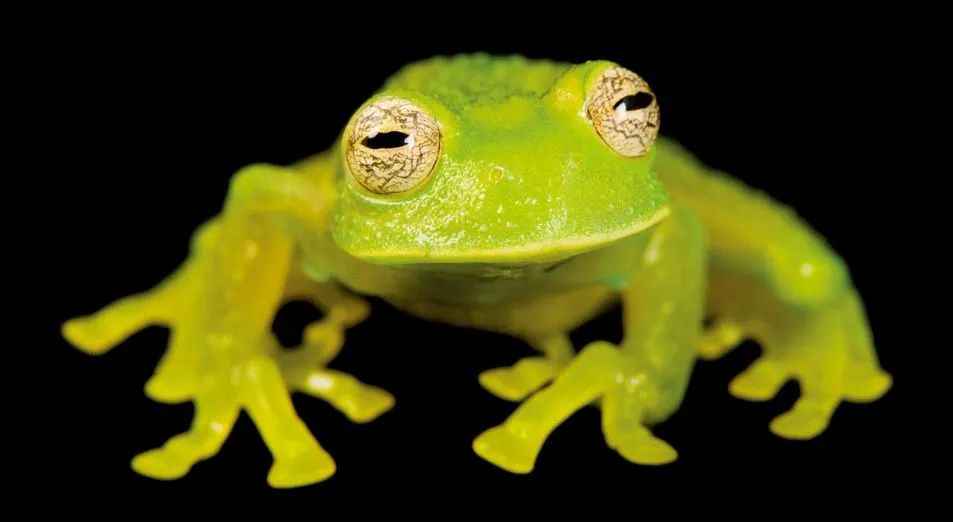The Mangalica’s most iconic trait is its dense, curly fur, which comes in three colors—blonde, red, and black—and grows up to 15 cm long, protecting it from harsh winters. Adults weigh 130–180 kg, with a stocky body, short legs, and a broad head. Unlike modern lean breeds, it has a high fat percentage, once valued for lard used in traditional Hungarian cuisine. Its curly coat, a genetic rarity in pigs, is thought to have evolved from crossbreeding local swine with wild boars.
Nearly extinct after WWII due to industrial farming, the Mangalica was saved by conservationists in the 1990s. Today, it’s a symbol of Hungarian culinary heritage, with its lard - rich meat used in sausages and pörkölt (stew). Its unique look has also made it a tourist attraction, appearing in farms and festivals. Listed as "Recovering" by the Slow Food Ark of Taste, the breed’s revival highlights the importance of preserving traditional livestock for biodiversity and cultural identity.










